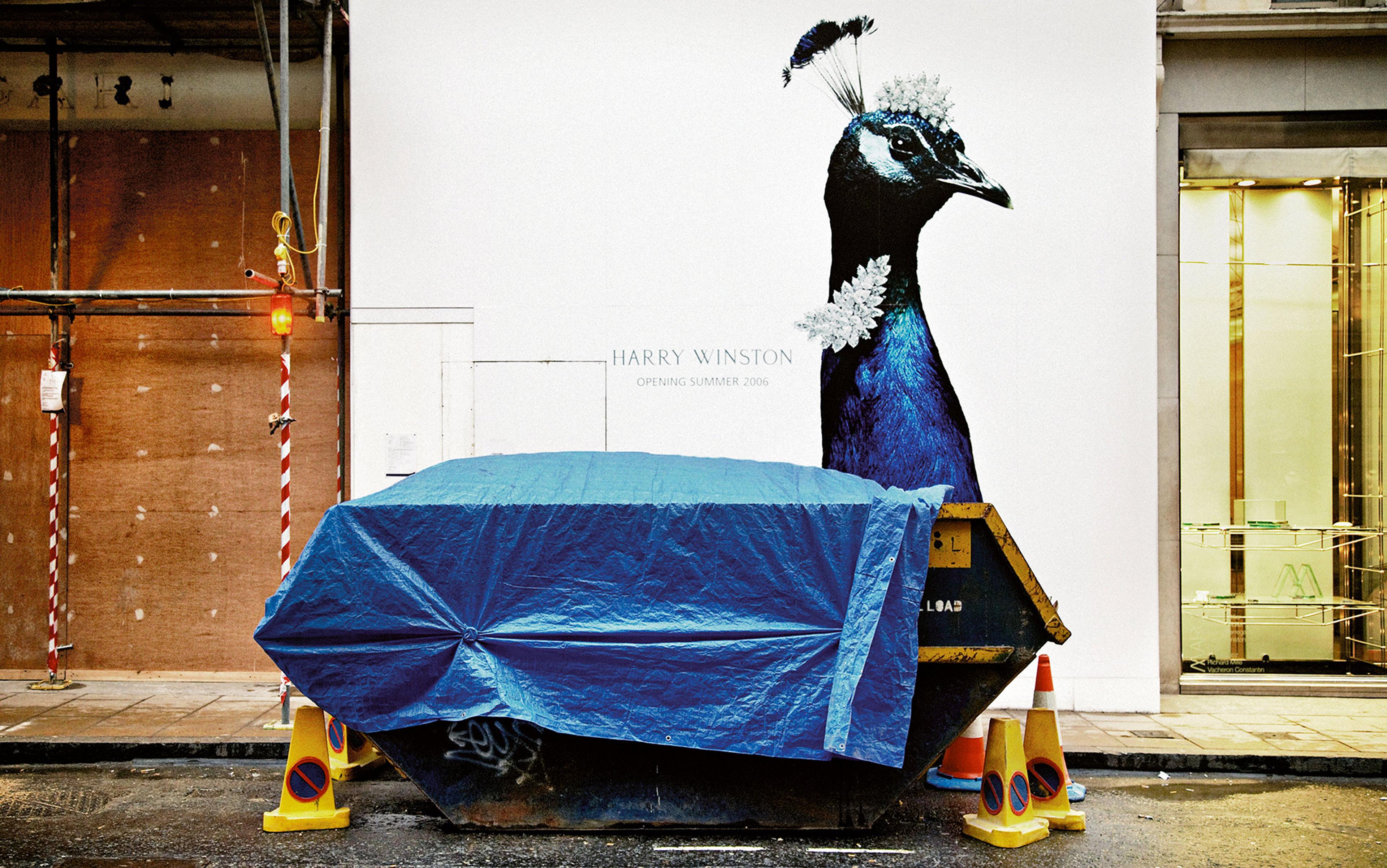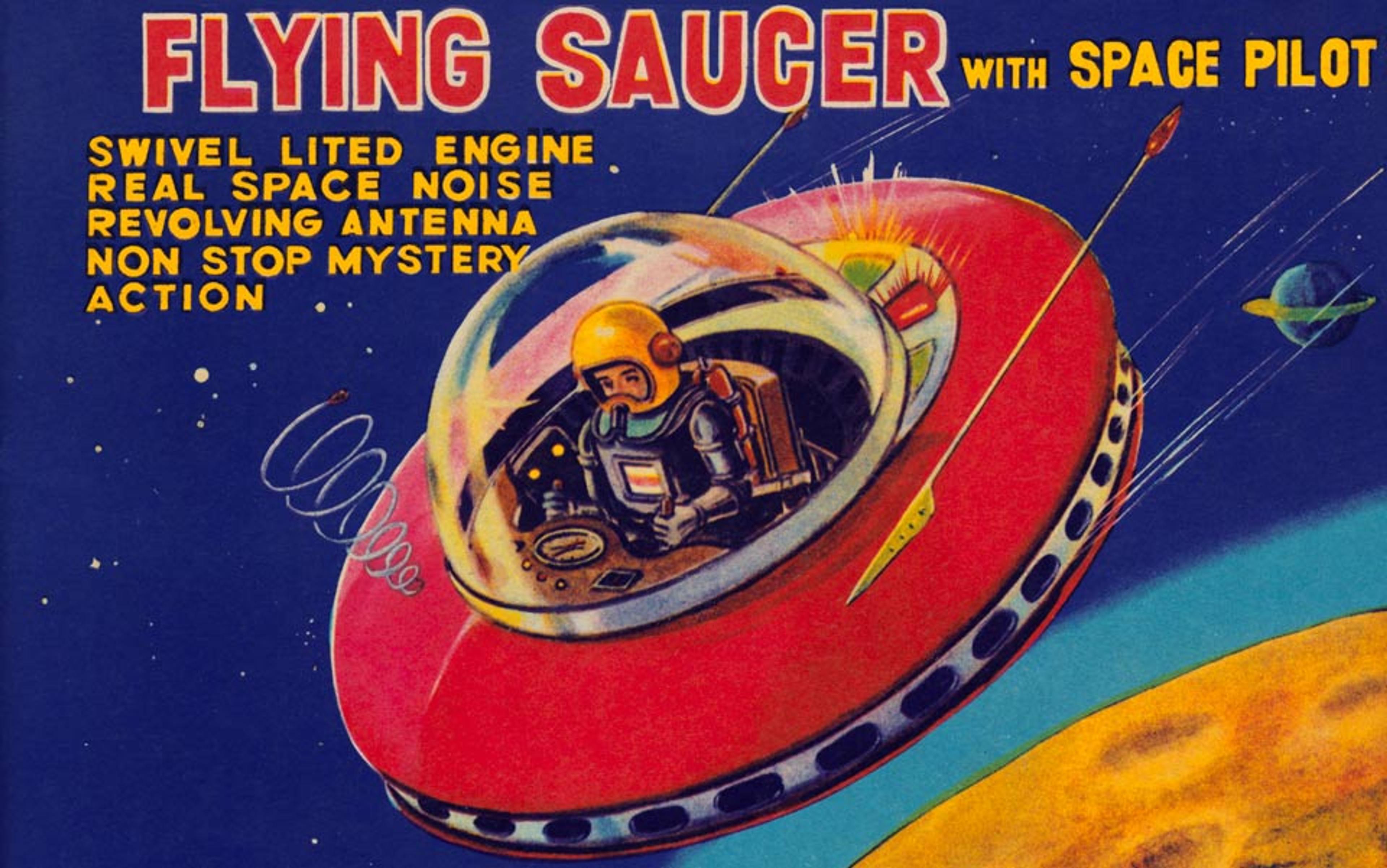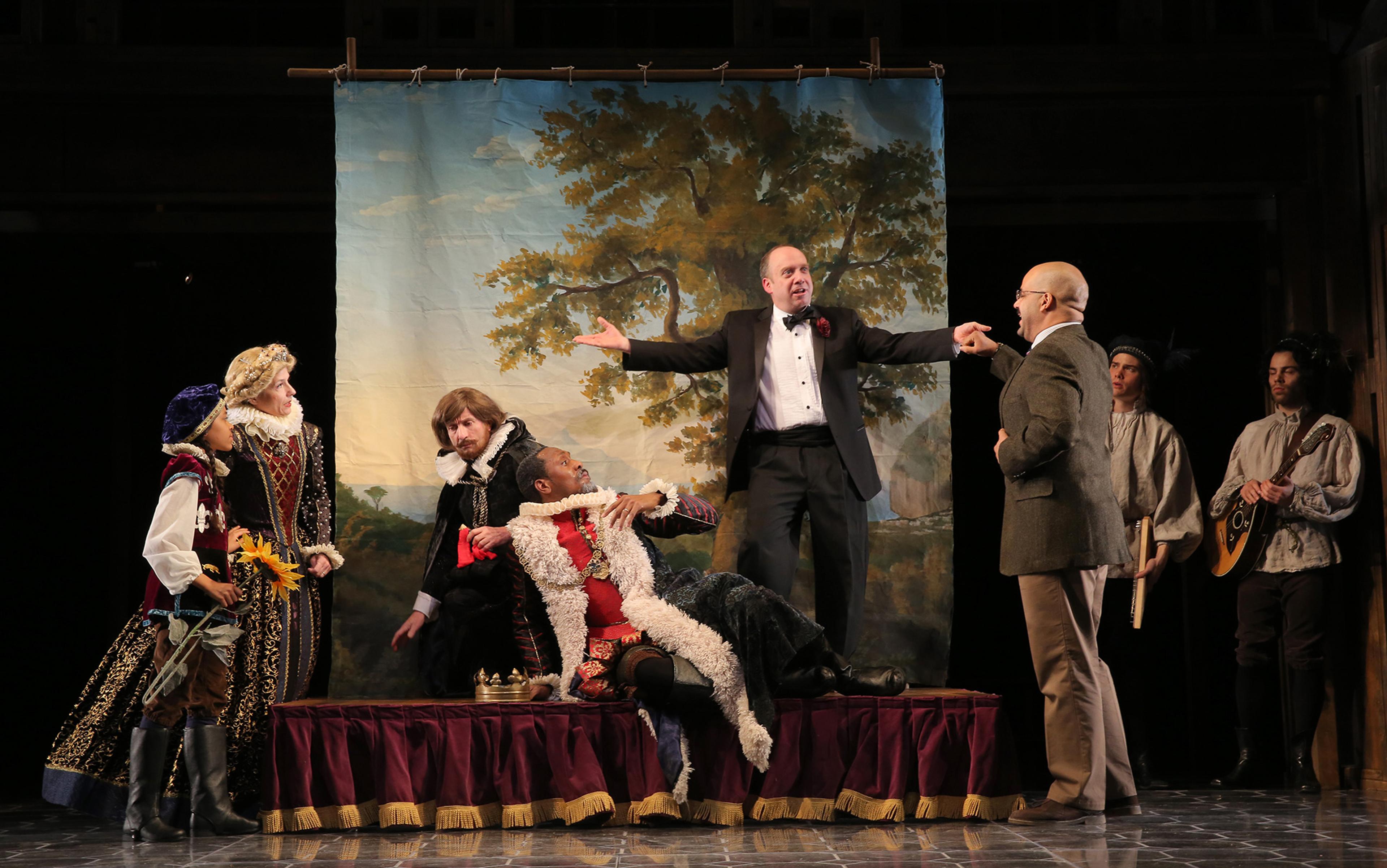In 1962, Thomas Kuhn published The Structure of Scientific Revolutions and caused a small revolution of his own. He profoundly changed the way we now understand scientific knowledge, invoking the notion of a paradigm, and then claiming that we can only make sense of the world around us through the paradigm’s lens. A paradigm, for Kuhn, is the product of consensus. It’s the whole complex set of things that everyone (or at least every scientist) agrees about at any given time. When we change paradigms, our whole world view changes.
Groping for a way to illustrate this, Kuhn turned to a familiar optical illusion. Look at a picture one way and you see a rabbit. Look another way and you see a duck. Moving from one scientific world view to another, he said, was just like this. Once you had convinced yourself that what you saw was a duck, a duck was all you could see; making yourself see that rabbit again could be very difficult.
Using an optical illusion to explain how knowledge works might seem like a peculiar thing to do, but Kuhn was not the first to deploy the tactic in making an epistemological argument. In Philosophical Investigations (1953), Ludwig Wittgenstein used the same illusion to illustrate the difference between ‘seeing’ and ‘seeing as’— or the difference between seeing an object, and recognising it as some specific thing; many philosophers argue that you can’t be said to see something without seeing it as something. In turn, Wittgenstein got it from the Polish-American psychologist Joseph Jastrow’s Fact and Fable in Psychology (1900).
The connection between seeing and knowing has a long history, of course. It is no coincidence that we often say ‘I see’ when what we mean is ‘I understand’. But using optical illusions as a way of talking about knowledge, its limits, and its relationship to authority has a history, too. The Victorians, in particular, were fascinated by optical illusions and performances. Though we now live in a world that is saturated with illusions, many of them have their origins in that Victorian world. And so looking at how the Victorians played with vision can give us a handle on what contemporary illusions can tell us about the ways we see knowledge.
When the Scottish natural philosopher David Brewster published his Letters on Natural Magic in 1832, he was placing himself in a long tradition of visual deception. Brewster was well-known to early 19th-century readers as an authority on optics, an opponent of the wave theory of light and a stern critic of the old regime at the Royal Society. He was also the inventor of the kaleidoscope. Brewster expounded a Scottish common-sense philosophy that trumpeted the reliability of the senses as conduits of knowledge, so evading Humean scepticism on the one hand, and Kantian idealism on the other. His book on natural magic, written as a riposte to his friend Sir Walter Scott’s Letters on Demonology and Witchcraft (1830), set out to demystify ghosts and apparitions by putting them in their place in the natural world. To do that, he had to lay bare the mechanism of illusion.
Brewster knew very well that deceiving the senses was traditionally a way of fooling people, erecting smoke and mirrors to obfuscate something unpalatable, such as jumped-up ideology. ‘When the tyrants of antiquity were unable or unwilling to found their sovereignty on the affections and interests of their people,’ he wrote, then the ‘prince, the priest, and the sage were leagued in a dark conspiracy to deceive and enslave their species.’ Exposing just how duplicitous priests filled their temples with visions was thus a way of maintaining proper political order.
But playing with illusions also offered a way of experimenting with knowledge and its limitations. Brewster was in no doubt that seeing was knowing, but he was just as sure that seeing properly was also an exercise in judgment. Understanding how deception worked offered a way of educating the eye and mind to see through illusion. This made optics an anti-authoritarian science — but also one that depended on knowing whom to trust with knowledge.
At the centre of Brewster’s system of knowledge was the eye: ‘This wonderful organ may be considered as the sentinel which guards the pass between the worlds of matter and spirit, and through which all their communications are interchanged.’ With its ‘boundless range of observation’ it was ‘the most remarkable and the most important’ of the sensory organs. The optic nerve, meanwhile, was ‘the channel by which the mind peruses the handwriting of Nature on the retina, and through which it transfers to that material tablet its decisions and its creations’. Here was the reason why understanding illusion mattered. The eye’s immediacy as a medium for making sense of the world and its entanglement with the mind made it fallible. Looking at just how the eye could be fooled could offer strategies for avoiding deception by proper mental discipline. As Michael Faraday was to put it in Observations in Mental Education (1855), ‘error results occasionally from believing our senses: it ought to be considered, rather, as an error of the judgment’.
This view of seeing and knowing was embedded in the philosophy of common sense. Vision was ‘the application of an art, of long and tedious acquirement’. Light itself, as the philosopher Thomas Reid pointed out a century earlier, did not itself convey information: it provided a language of signs that needed to be interpreted. Seeing properly, he said, was ‘the mixed product of innumerable observations, and calculations, and detections of former mistakes, which were the philosophy of our infancy, and each of which, separately, has been long forgotten, recurring to the mind, in afterlife, with the rapidity of an instinct’. As such, it was the very model for knowing — the ‘evidence of reason is called seeing, not feeling, smelling, or tasting’. But it was not infallible and, unless due precautions were taken, it could make knowledge fallible, too.
When visitors entered the Panorama in Leicester Square, they were entering a space designed to befuddle them
This fascination with illusion wasn’t just the preserve of cloistered gentlemen of science. Illusions were at the heart of a far broader 19th-century culture of spectacle and sensation. Exhibitions such as panoramas and phantasmagoria were complex and sophisticated exercises in optical and sensual misdirection. The panorama, patented by the English artist Robert Barker in 1787, was much more than just a 360º painting. It was an architecture designed to fool the eye. When visitors entered the Panorama in Leicester Square, where Barker’s canvasses were on show, they were entering a space designed to befuddle them.
Similarly, phantasmagoria performances depended on strategies that drew the audiences’ attention away from the actual sources of the titillating apparitions. Phantasmagoria shows, such as Paul de Philipsthal’s performances at the Lyceum Theatre in 1802, were displays of ghosts and spirits. Audiences saw apparitions rushing towards them or rising up from the ground. They took place in complete darkness and worked by robbing the audience of their sense of perspective, depriving them of visual clues that would otherwise allow them to see through the illusion.
Natural philosophers who had enjoyed Philipsthal’s performances often wanted to try the phantasmagoria for themselves. William Nicholson, editor of the Journal of Natural Philosophy, pinned a bedsheet over one of the doorways in his house in an attempt to reproduce the ghost illusion he had seen in the theatre. Thomas Young, one of Brewster’s opponents in debates about the nature of light, devised his own complex piece of apparatus to try to improve on what he had seen. Brewster, of course, went one better. In his Letters he described an ingenious arrangement of mirrors and lenses he called a ‘catadioptrical phantasmagoria’ through which reflected images of living figures could be put on show; ‘and in place of chalky ill-drawn figures mimicking humanity by the most absurd gesticulations, we shall have phantasms of the most perfect delineation, clothed in real drapery, and displaying all the movements of life’. Reproducing these illusions elevated natural philosophers to a new kind of mastery: they became adepts who could see through shadows and deceptions.
People who said that they saw ghosts really did see them, according to Brewster. But they were images produced by the (deluded) mind rather than by any external object: ‘when the mind possesses a control over its powers, the impressions of external objects alone occupy the attention, but in the unhealthy condition of the mind, the impressions of its own creation, either overpower, or combine themselves with the impressions of external objects’. These ‘mental spectra’ were imprinted on the retina just like any others, but they were still products of the mind not the external world. So ghosts were in the eye, but put there by the mind: ‘the “mind’s eye” is actually the body’s eye’, said Brewster.
Seeing ghosts demonstrated how the mind-eye co-ordination that generated vision could break down. Philosophical toys such as phenakistiscopes and zoetropes — which exploited the phenomenon of persistence of vision to generate the illusion of movement — did the same thing. The thaumatrope, first described in 1827 by the British physician John Ayrton Paris, juxtaposed two different images on opposite sides of a disc to make a single one by rapid rotation — ‘a very striking and magical effect’. A popular Victorian version had a little girl on one side, a boy on the other. They were positioned so that their lips met in a kiss when the disc rotated.
The daedaleum (later renamed the zoetrope), invented in 1834 by the mathematician William George Horner, was ‘a hollow cylinder … with apertures at equal distances, and placed cylindrically round the edge of a revolving disk’ with drawings on the inside of the cylinder. The device produced ‘the same surprising play of relative motions as the common magic disk does when spun before a mirror’. (The ‘magic disk’ was the phenakistiscope, invented a few years earlier by the Belgian natural philosopher Joseph Plateau). In the zoetrope, the viewer looked through one of the slits in the rotating cylinder to see a moving image — often, a juggling clown or a horse galloping. In the phenakistiscope, they looked through a slit in the rotating disc to see the moving image reflected in a mirror. Faraday, too, experimented with persistence of vision.
Brewster’s kaleidoscope was another philosophical toy that fooled the eye. Brewster described it as an ‘ocular harpsichord’, explaining how the ‘combination of fine forms, and ever-varying tints, which it presents in succession to the eye, have already been found, by experience, to communicate to those who have a taste for this kind of beauty, a pleasure as intense and as permanent as that which the finest ear derives from musical sounds’. The kaleidoscopic illusion was supposed to teach the viewer how to see things properly; it was also, interestingly, meant to be a technology that could mechanise art. It ‘effects what is beyond the reach of manual labour’, said Brewster, exhibiting ‘a concentration of talent and skill which could not have been obtained by uniting the separate exertions of living agents’.
Instruments of ocular deception, already ubiquitous, rapidly became integral to the period’s technology of display. Nineteenth-century audiences flocked to places such as the Leicester Square Panorama — and, later, the Adelaide Gallery on the Strand and the Royal Polytechnic Institution on Regent Street — to be entertained by illusion. These places were key sites for the Victorian culture of rational entertainment. The crowds who jostled to pay their shillings at the doors of these galleries of practical science were there to be seduced by spectacle. When Punch joked in 1843 that the ‘mere view’ of the Polytechnic’s exhibits ‘acting through the retina, might well addle the brains of ordinary visitors’, its editors were signalling their understanding of just where these kinds of shows should be positioned on the philosophical map. But there was a serious point to the spectacle.
The ghost was a stick with which Pepper could bludgeon spiritualists and similar impostors, a way of insisting that they ought to know better
The Polytechnic reached the peak of its popularity under the management of John Henry Pepper, a self-styled acolyte of David Brewster. Its visitors were shocked by electrical wonders, and moved by magic-lantern extravaganzas. Pepper’s own great illusion was Pepper’s Ghost, which first materialised in the Polytechnic’s theatre in 1862. The ghost effect was achieved by placing a sheet of plate glass at the front of the stage. Down in the pit, hidden from the audience’s view, was the actor playing the ghost. When a bright light from a magic lantern projector illuminated the ghost, its reflection appeared in the glass, looking as if it was on the stage. It’s a convincing illusion (a staple of haunted houses and dark rides, and responsible, too, for the recent onstage ‘resurrection’ of the late rapper Tupac). Pepper’s accompanying stage patter placed him firmly in the same tradition of illusory practice as Brewster. The ghost, in other words, was a stick with which Pepper could bludgeon spiritualists and similar impostors, a way of insisting that they ought to know better.
Teaching people how to see properly, by teaching them to see through optical trickery, was central to the Polytechnic’s mission. In one notable trick, Thomas Tobin, one of Pepper’s assistants, had his head projected on to a screen and blown up to gargantuan proportions, sipping a glass of wine and tipping a wink to the audience. Many of these optical tricks, such as the oxyhydrogen microscope, which showed a drop of Thames water magnified to reveal the usually hidden creepy-crawlies it contained, or Tobin’s routine with the wine glass, were variants of the magic lantern. And magic lantern shows were a Polytechnic speciality. All manner of complex mechanical slides and other contraptions were used to produce spectacular effects on the lantern screen. One of those contraptions was, of course, the basic elements of what we would now call cinema, though the Polytechnic had closed by the time that piece of lantern technology appeared.
Some historians of cinema tend to put the cart before the horse and treat these Victorian visual technologies, and especially ‘animated photographs’, as if they were pale precursors of the cinematic real thing. It makes more sense, however, to understand the origins of cinema as only one of a range of competing and complementary technologies of optical display that proliferated in the late Victorian marketplace for spectacle and sensation, and were designed to instruct people in when and how to believe the evidence of the eye. Still, it’s interesting to note that illusions were a common feature of early cinema, too, George Méliès’s films of disembodied heads being a case in point.
That said, if ‘animated photographs’ challenged Victorian viewers to look through the illusion and speculate about how it was managed, cinema increasingly didn’t. Dorothy’s unmasking of the wizard in The Wonderful Wizard of Oz (published in 1900, when the culture of illusion was reaching its climax, and filmed in 1939) dramatises just this difference. Victorian illusionists needed their audiences to know that what they were seeing was an illusion — otherwise there was nothing to be admired and no lesson to be learnt. By contrast, moviemakers, like the wizard of Oz himself, simply want their audiences to take the illusion for reality. If they start wondering about the mechanism of deception, they’ve lost the plot. As participants in the cinematic experience we’re meant to surf the illusion, not dive in. We know, of course, just as the Victorians did, that the illusion is there, but we respond to the seduction in a different way.
Illusions are still useful tools. Philosophers use them to talk about the nature of knowledge. Neuroscientists use them to understand just how much work the brain does to turn visual data (the philosophers’ ‘seeing’) into meaningful pictures of the world (‘seeing as’). And just as the fascination of Victorian men of science with illusions generated more and better ways of fooling the eye, modern neuroscientific insights provide new mechanisms of deception, too.
We are now very good indeed at producing illusions. We live in an environment that is increasingly made up of them. We use them to talk to each other (think of video conferencing), to carry out mundane tasks (virtual receptionists), and as agents of seduction, to sell products (holographic advertising). Illusions are all around us. Sometimes, they’re just old tricks masquerading as new: there are companies out there selling holographic projection technologies that on closer inspection turn out to be versions of Pepper’s Ghost — an illusion of an illusion, if you like. We’re quite adept at understanding how to deal with the different kinds of illusions that make up our world and to discriminate between them. Rather rarely do we dive beneath their surfaces to interrogate the mechanism of deception, though. But, as The Wizard of Oz ought to remind us, failing to pull back the curtain on the illusions surrounding us, at least occasionally, can lead to our trusting entirely the wrong kind of authority.






